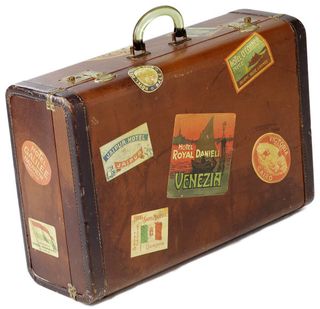English poet and artist, Edward Lear, was traveling in Greece in 1848 when a cholera outbreak forced him to follow the overland route home. His subsequent travels through Albania and Macedonia ended up being the highlight of his trip. The author of “The Owl and the Pussycat” wrote about and illustrated the Albanian landscape in his book, Journal of a Landscape Painter in Greece and Albania—one of the greatest travel narratives ever published. Lear doesn’t miss a detail in the tome, right down to his packing list:��
“A light mattress, some sheets and blankets, and a good supply of capotes and plaids should not be neglected; two or three books; some rice, curry powder and cayenne; a world of drawing materials—if you be a hard sketcher; as little dress as possible, though you must have two sets of outer clothing—one for visiting consuls, pashas and dignitaries, the other for rough, everyday work; some quinine made into pills (rather leave all behind than this); a Boyourdi, or general order of introduction to governors or pashas; and your Teskere, or provincial passport for yourself and guide.”
In the 19th century, Lear was traveling light. Today, you can travel a hell of a lot lighter. There are some essentials you need: food, water, money, passport, shelter. Everything else is a luxury. That’s not to say you can’t live well. Just that you can live well with only a carry-on.
On a trip to Africa this winter I experimented with just how little I could pack. I started with an old 1960s backpack I found on eBay and stuffed it with only the essentials. By the time I got home, I realized I could have trimmed it to my travel wallet, the clothes I was wearing and four items:
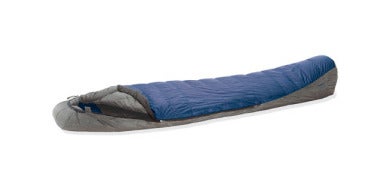
($305)
This is the lightest, warmest, smallest-packing sleeping bag around—times two. The 800-fill down, five-inch baffles and perfect, roomy fit were incredibly warm. One night in the mountains, it was below freezing. I slept soundly while others in bags twice as thick and rated to zero chattered all night.
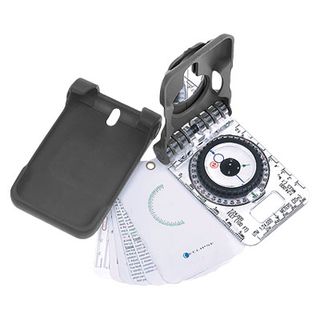
($78). In the age of international cell phones and GPS, people forget how vital a compass can be. Like when you run out of batteries…or lose your signal. I used the —from��the winding souks of Marrakesh to driving in a taxi. The compass comes with a half dozen reference cards—that explain everything from how to plot a course to first aid to how to survive off the land. (“Healthy birds and small animals are usually edible.”) That may all sound intimidating but Brunton’s patented circle-over-circle alignment system had me orienteering in a matter of minutes.
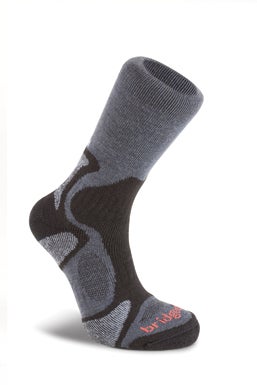
($19) Like tires on a car, this is the most important part of the kit, and the only socks I brought. I washed them in the sink at night, they were dry by morning. I’m not going to get into the technology of a sock, but suffice it to say they never stopped venting or lost their cushion.
��
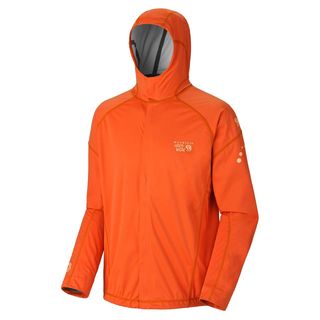
��
��
($200)
This jacket kept me dry and warm the entire trip. The soft Dry.Q fabric weighs only 12 oz. and the fully taped seams kept out rain, snow and ice. Because it balls up to the size of an orange, I could take it with me everywhere, just in case.

